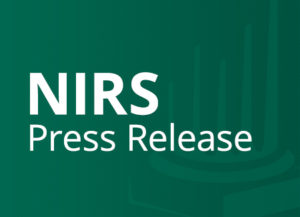NEW STATE FINANCIAL SECURITY SCORECARDS REVEAL FUTURE RETIREE ECONOMIC PRESSURES
Retirement Outlook Troubling; California, Florida, South Carolina Rank Lowest While Wyoming, Alaska, Minnesota Rank Highest
Webinar to Review Findings on Thursday, July 30, 2015, at 11:00 AM ET. Register here. Download Webinar Powerpoint here. Watch a replay of the Webinar here.
WASHINGTON, D.C., JULY 30, 2015 – A new analysis indicates that Americans in nearly every state will fall far short in meeting their economic needs in retirement. The State Financial Security Scorecards research project gauges the retirement readiness of future retirees in each of the fifty states and the District of Columbia in three key areas: anticipated retirement income; major retirement costs like housing and healthcare; and labor market conditions for older workers.
The research finds that the lowest ranking states include:
- California due to low potential retirement income, low workplace retirement plan access and high retiree costs.
- Florida due to high retiree costs, low wages for older workers and low workplace retirement plan access.
- South Carolina due to low potential retirement income and low labor market scores.
The highest-ranking states include Wyoming, Alaska, Minnesota and North Dakota due to their relatively strong labor markets and lower retiree costs. However, each of these states with a favorable outlook is weak in terms of potential retirement income for retirees. For example, North Dakotans have an average defined contribution retirement account balance of only $27,700 – nowhere near the level of accumulated savings required to ensure self-sufficiency through retirement.
An interactive map with access to the State Financial Security Scorecards is available here. These state scorecards are designed to serve as a tool for policymakers to identify areas of focus for state-based policy interventions that will strengthen Americans’ ability to financially prepare for retirement.
